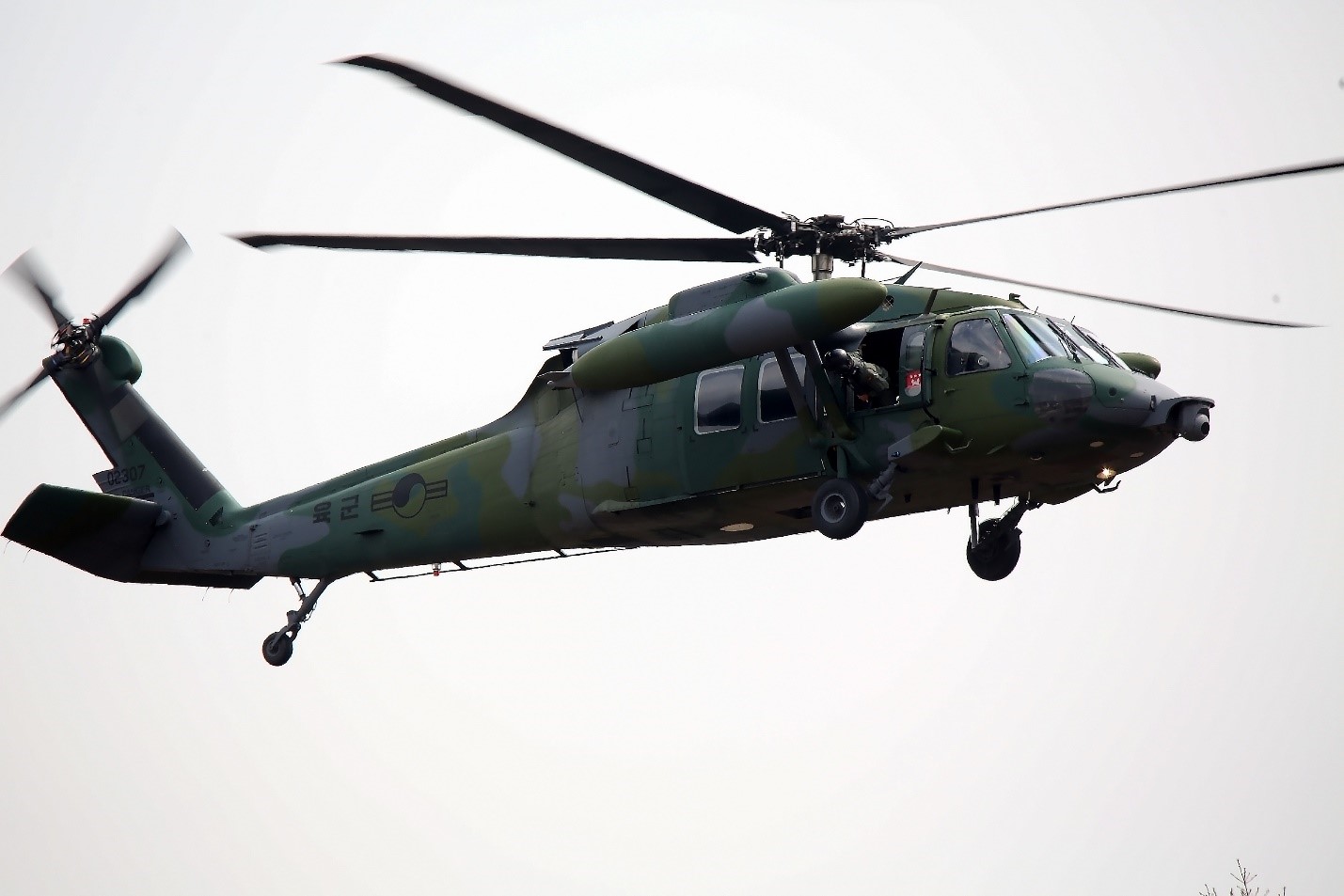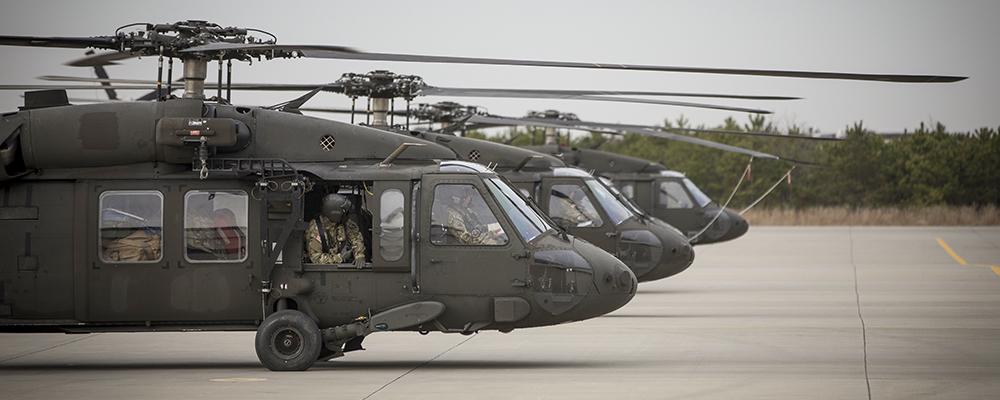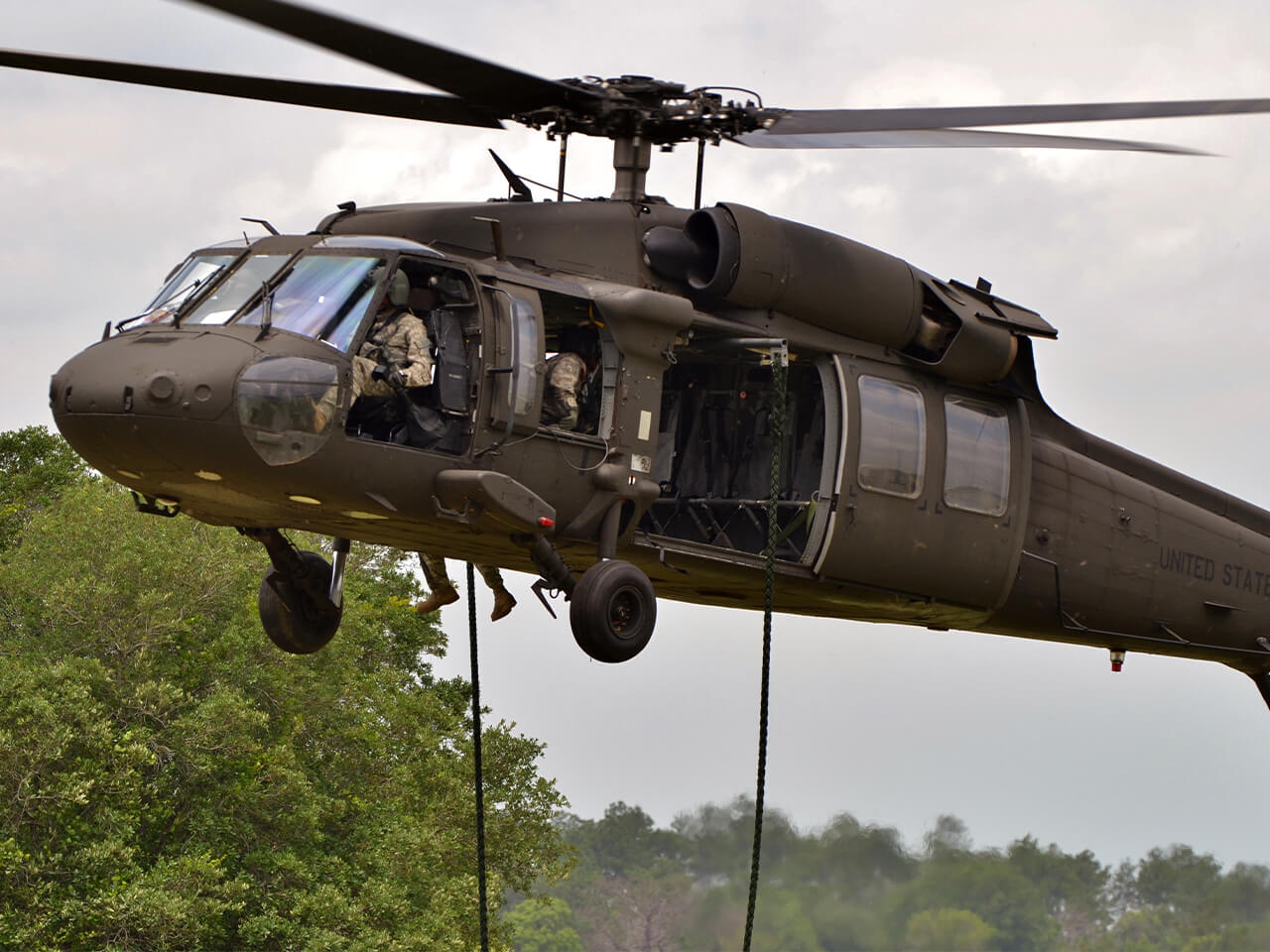UH 60: A Comprehensive Guide to Its Features and Military Applications
Everything You Required to Know Concerning the UH 60 Helicopter
The UH-60 helicopter, a cornerstone of U.S. Military aviation given that its debut in 1979, stands for an amazing mix of engineering and functional versatility. As armed forces requirements advance, so as well does the helicopter, with ongoing improvements intended at boosting its capabilities and incorporating contemporary innovations.
History of the UH-60
Developed in the late 1970s, the UH-60 Black Hawk helicopter became a feedback to the U.S. Army's demand for a flexible utility helicopter that might carry out a variety of missions under tough conditions. The inspiration for its style was the shortcomings identified in the earlier helicopters used during the Vietnam War, especially in regards to survivability, ability to move, and speed.
The Black Hawk was developed by Sikorsky Aircraft, including advanced innovations and products to boost its efficiency and sturdiness. It was formally presented right into service in 1979, promptly coming to be an essential possession for armed forces procedures - uh 60. Its capacity to move soldiers, clinical emptying, and logistical support in both battle and humanitarian objectives made the Black Hawk an important element of the U.S. Military's air travel fleet
Throughout the decades, the UH-60 has been continually updated, adjusting to the transforming nature of war and the progressing needs of contemporary armed forces operations. Its functional background includes participation in major disputes, peacekeeping missions, and catastrophe alleviation initiatives, solidifying its credibility as a dependable and effective helicopter in numerous settings worldwide.

Layout and Specifications
The layout of the UH-60 Black Hawk helicopter continually shows a commitment to operational performance and versatility. Developed by Sikorsky Aircraft, this medium-lift energy helicopter includes a streamlined, wind resistant fuselage that boosts speed and ability to move. Its tandem rotor system, identified by two counter-rotating blades, decreases vibration and raises lift capacity, permitting safer procedures in varied settings.
The UH-60 is powered by 2 T700-GE-701C turboshaft engines, giving an optimum speed of about 180 knots and a variety of around 400 maritime miles. Its durable airframe is constructed from sophisticated composite products, ensuring longevity while preserving a fairly reduced weight. The helicopter has a maximum gross weight of concerning 22,000 pounds, sustaining a flexible haul setup.

Goals and functions
A versatile platform, the UH-60 Black Hawk helicopter offers a wide variety of roles and objectives within military operations. Developed primarily for troop transport, it is capable of carrying up to 11 soldiers, making it an essential asset Recommended Site for fast deployment and logistical assistance.
In enhancement to troop transportation, the UH-60 succeeds in medical emptying (MEDEVAC) objectives, equipped with innovative clinical tools to provide important care during transportation. Its ability to run in diverse environments boosts its effectiveness in fight search and rescue (CSAR) operations, where speedy extraction of employees is important.
The helicopter also plays a substantial function in reconnaissance and surveillance goals, using onboard sensing units and equipment to debrief. Additionally, its flexibility reaches logistical assistance, with the ability of transporting products and tools to forward running bases - uh 60.
In battle operations, the UH-60 can be equipped with numerous tool systems, allowing it to supply close air assistance. Its multi-role capacity makes the Black Hawk an important device for modern-day army forces, adapting perfectly to the progressing needs of combat zone circumstances and ensuring mission success across a series of operational contexts.
Performance and Capacities
Known for its durable performance, the UH-60 Black Hawk helicopter boasts excellent abilities that improve its functional performance across different goals. uh 60. This multi-role airplane is geared up with powerful twin-engine Turbomeca Arriel 1D1 engines, providing extraordinary speed and maneuverability, with a maximum cruise speed of roughly 150 knots and a functional array of around 400 maritime miles
The Black Hawk's innovative avionics and fly-by-wire control systems considerably improve flight safety and security and handling, allowing it to run in varied atmospheres, including adverse climate condition. Its flexibility is further exhibited by its capacity to lug as much as 11 totally outfitted troops or a haul of roughly 8,000 extra pounds, making it suitable for troop transportation, medical discharge, and logistical support goals.
Additionally, the UH-60 is made for survivability, including reinforced airframes, ballistic defense for team and passengers, and advanced countermeasure systems to escape threats. The helicopter's dexterity and speed, incorporated with its ability for quick implementation, make it a vital possession in modern-day armed forces procedures, making certain that it stays a crucial element of tactical air assistance and battlefield flexibility.
Future Developments

One substantial focus is the assimilation of sophisticated avionics systems, which will certainly improve situational understanding via improved navigating and communication abilities. This includes the prospective usage of man-made knowledge to assist pilots in decision-making and objective preparation.
In addition, future variants might incorporate innovative materials and layout functions to bolster the helicopter's longevity and minimize its radar signature, improving survivability in contested atmospheres.
The introduction of hybrid-electric propulsion systems is likewise on the perspective, aiming to boost fuel efficiency and minimize logistical burdens. Such advancements can expand operational array and minimize the helicopter's ecological impact.

Verdict
The UH-60 helicopter stands for a considerable improvement in army air travel given that its introduction in 1979. The UH-60's withstanding presence highlights its vital function in modern-day armed forces procedures and highlights the ongoing advancement of armed forces aeronautics innovation.
The UH-60 helicopter, a cornerstone of United state Military aviation considering that its debut in 1979, stands for an amazing mix of engineering and functional versatility. As armed forces demands develop, so as well does the helicopter, with recurring developments intended at boosting its capabilities and integrating contemporary innovations.The design of the UH-60 Black Hawk helicopter constantly reflects a commitment to functional efficiency and convenience. Developed by Sikorsky Airplane, this medium-lift utility helicopter features a streamlined, wind resistant fuselage that boosts speed and maneuverability.The UH-60 helicopter stands for a significant innovation in military air travel given that its introduction in 1979.